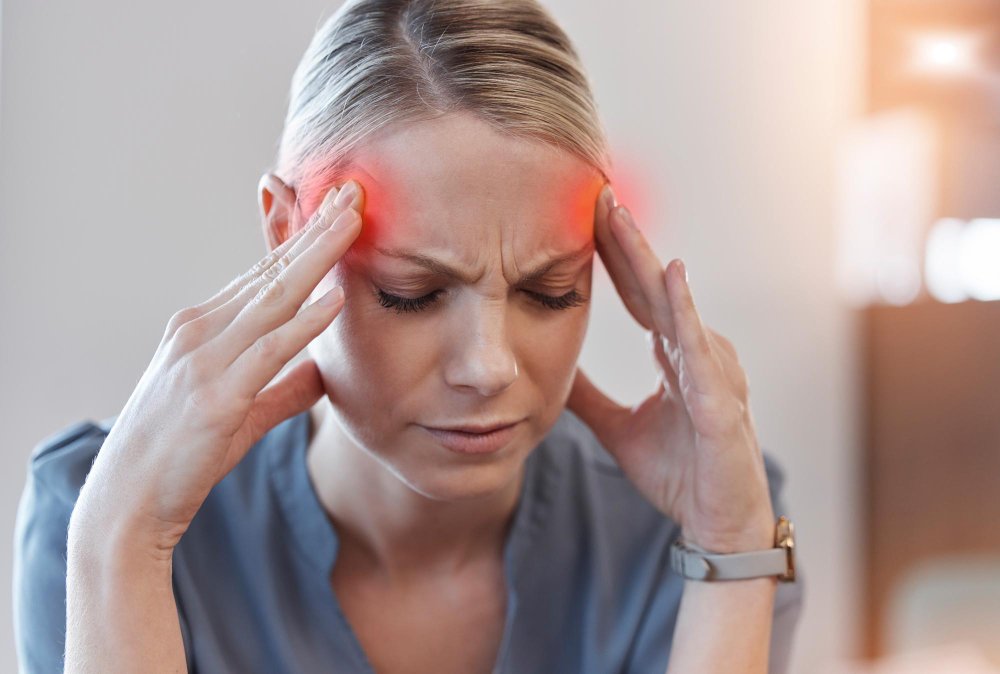Cluster headaches are among the most severe forms of headache, characterized by intense pain occurring in cyclical patterns or clusters. This article delves into the intricacies of cluster headaches, encompassing their symptoms, causes, diagnostic procedures, and available treatment options.

Symptoms of Cluster Headaches
Cluster headaches manifest through a distinct set of symptoms, primarily:
- Excruciating Pain: Typically localized around or behind one eye, the pain may radiate to other regions of the face, head, and neck.
- Unilateral Occurrence: Pain is confined to one side of the head during a cluster period but may switch sides in subsequent clusters.
- Autonomic Symptoms: These include excessive tearing, redness of the affected eye, nasal congestion or runniness on the affected side, forehead or facial sweating, and swelling around the eye.
- Restlessness: Individuals often exhibit restlessness during an attack, such as pacing or rocking back and forth.
The attacks are sudden, often without warning, and can last from 15 minutes to three hours. They frequently occur at the same time each day, with many episodes happening at night, typically one to two hours after bedtime.
Causes and Risk Factors
The exact cause of cluster headaches remains elusive. However, patterns suggest a link to the hypothalamus, the brain region responsible for regulating the body’s biological clock. Potential triggers include alcohol consumption, weather changes, and certain medications.
Identified risk factors encompass:
- Gender: Men are more susceptible than women.
- Age: Onset is most common between ages 20 and 50, though it can occur at any age.
- Smoking: A higher prevalence is noted among smokers, though cessation does not necessarily alleviate the condition.
- Family History: A familial predisposition may increase risk.
Diagnosis
Diagnosing cluster headaches involves a thorough assessment of medical history, symptomatology, and neurological examination. To exclude other potential causes, healthcare providers may employ imaging techniques such as Magnetic Resonance Imaging (MRI) or Computed Tomography (CT) scans.
Treatment Options
While there is no definitive cure for cluster headaches, various treatments aim to reduce pain severity, shorten attack duration, and prevent future occurrences.
Acute Treatments
- Oxygen Therapy: Inhaling pure oxygen through a mask can provide rapid relief within 15 minutes for many individuals.
- Triptans: Medications like sumatriptan, administered via injection or nasal spray, are effective in aborting attacks.
- Local Anesthetics: Intranasal application of local anesthetics, such as lidocaine, may offer pain relief for some patients.
Preventive Treatments
- Calcium Channel Blockers: Verapamil is commonly prescribed to prevent cluster headaches.
- Corticosteroids: Medications like prednisone can be effective for short-term prevention, especially during the onset of a cluster period.
- Galcanezumab: Approved for the treatment of episodic cluster headaches, this medication is administered as a monthly injection.
- Lithium: Primarily used for chronic cluster headaches, lithium requires careful monitoring due to potential side effects.
In certain cases, nerve blocks or non-invasive vagus nerve stimulation may be considered. Surgical interventions are rare and typically reserved for individuals who do not respond to other treatments.